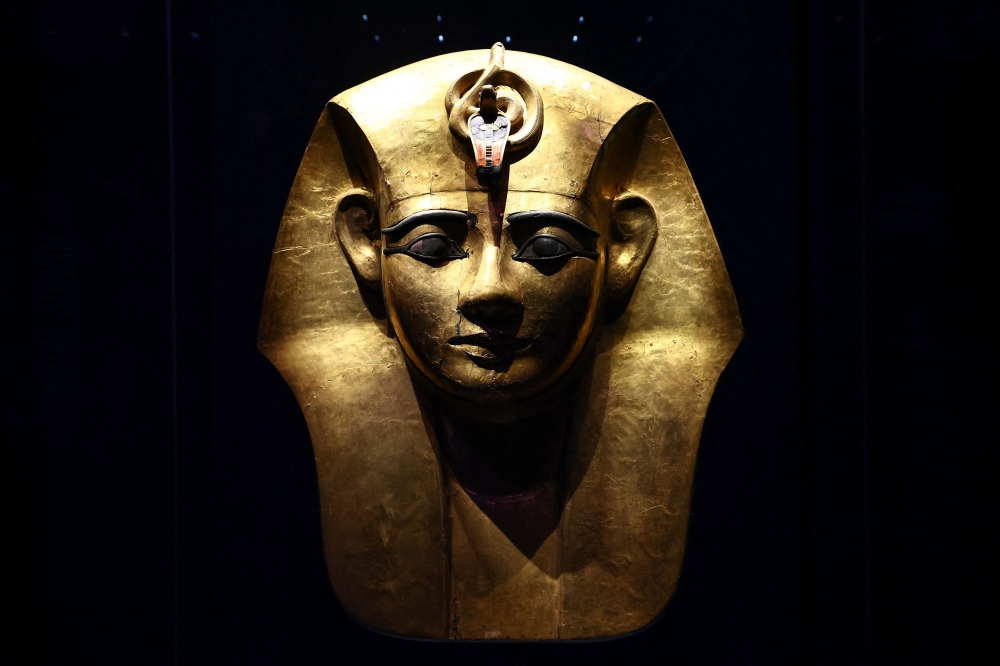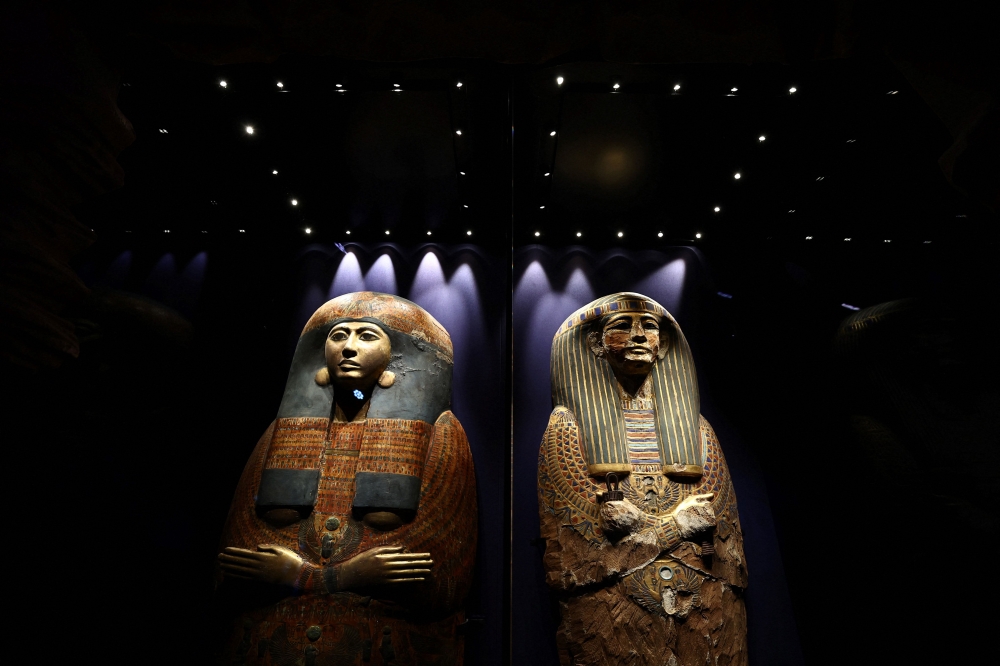PARIS, April 6 — The sarcophagus of ancient Egyptian pharaoh Ramses II was unveiled to reporters in Paris today following its rare journey outside of Egypt.
The ornate coffin will be on show to the public in the French capital from April 7 to September 6.
Benedicte Lhoyer, scientific advisor to the exhibition, told AFP the “exceptional” loan was thanks to “an unprecedented cooperation between France and Egypt”.
The Ramses II exhibition is on a tour that includes the United States and Australia this year, but only France is receiving the sarcophagus, in recognition of the assistance from French scientists, who helped save the mummy from decay following a previous visit to Paris in 1976.

The mummy itself has stayed behind this time, since Egyptian law now forbids transporting royal mummies abroad.
Ramses II, also known as Ramses the Great, ruled for more than 60 years during the 13th century BC and oversaw major military conquests and monumental construction projects, while also finding time to father more than 100 children.
“In short, he was an extraordinary king,” said Lhoyer.
The yellow-painted cedar-wood sarcophagus, which depicts the recumbent king in bright colours with his arms crossed on his chest holding a sceptre and whip, was not actually Ramses II’s original coffin.
Inscriptions on the sarcophagus’ sides detail how his body was moved three times from 1070 BC, after his tomb in Luxor’s Valley of the Kings was raided by grave-robbers.
Its final resting place was discovered almost three millennia later in 1881, just as it too was being pillaged.

The immersive exhibition in Paris also features an abundance of statues, masks and jewellery from the period — more than 180 objects in total — as well as a 3D recreation of one of the king’s battles against the Hittite empire.
Egyptian relics have proved a hit in the past — some 1.4 million people came to see an exhibition about Tutankhamun in Paris four years ago.
“Ramses II defeated time. Like Tutankhamun, he has become immortal,” said Lhoyer. — AFP






















